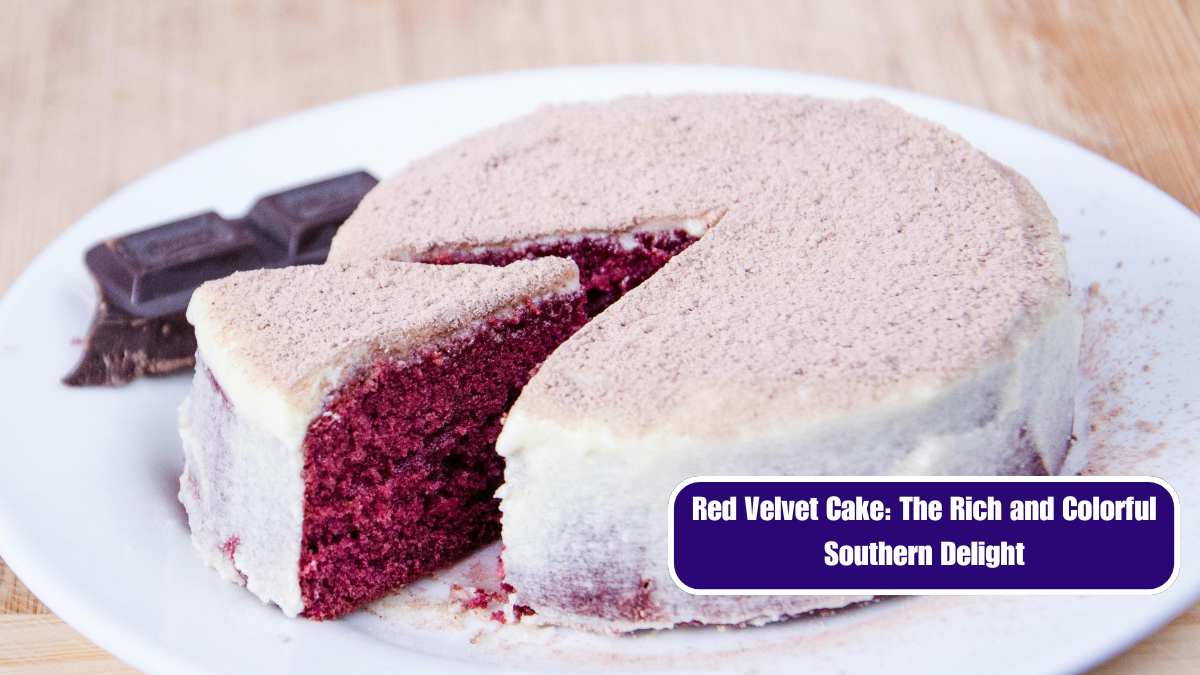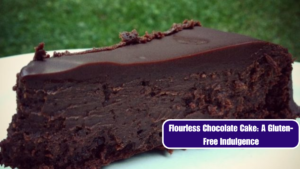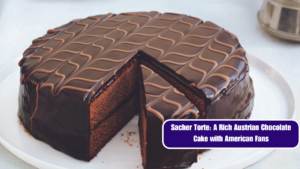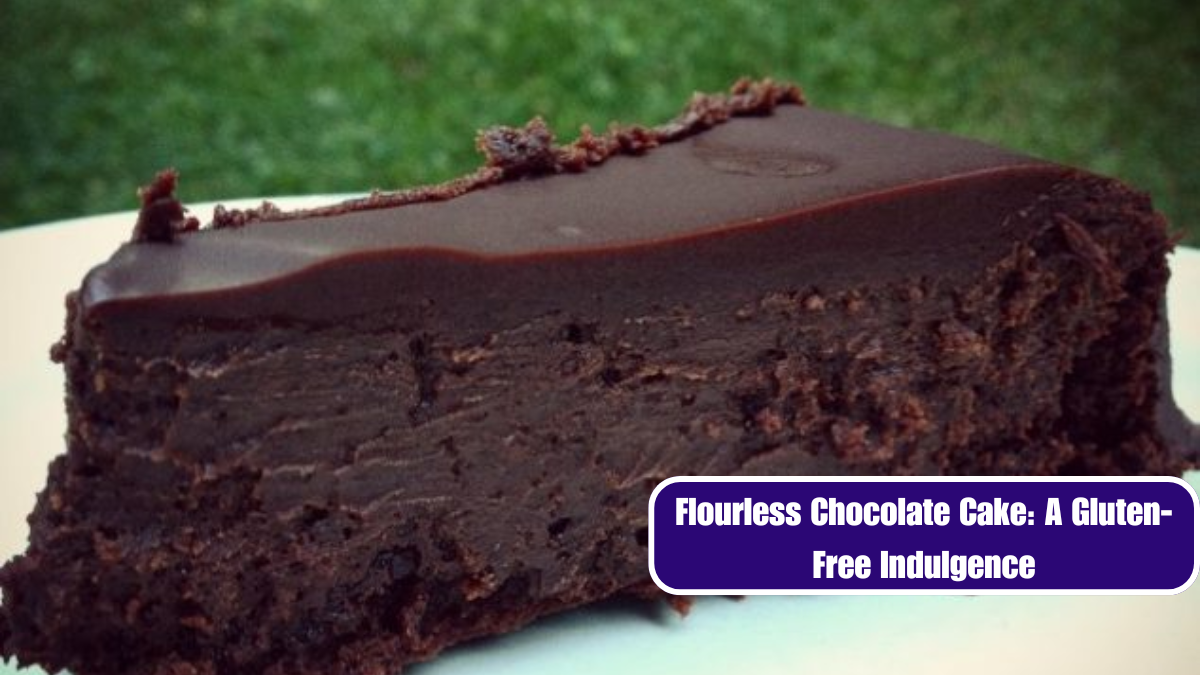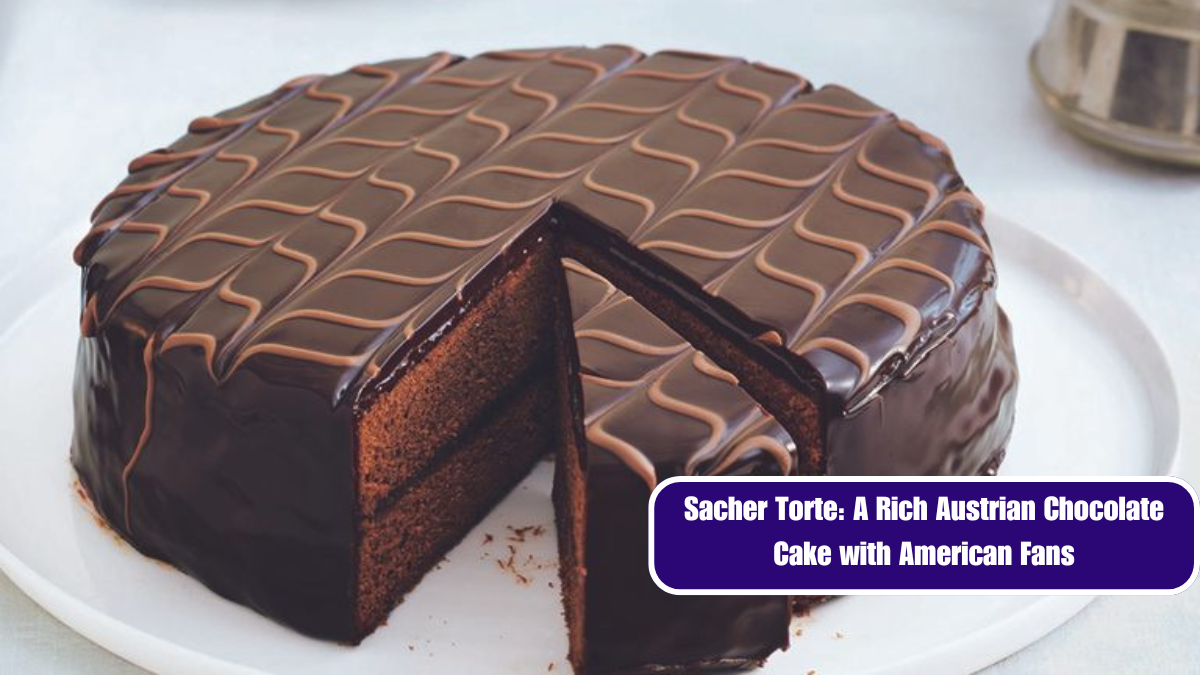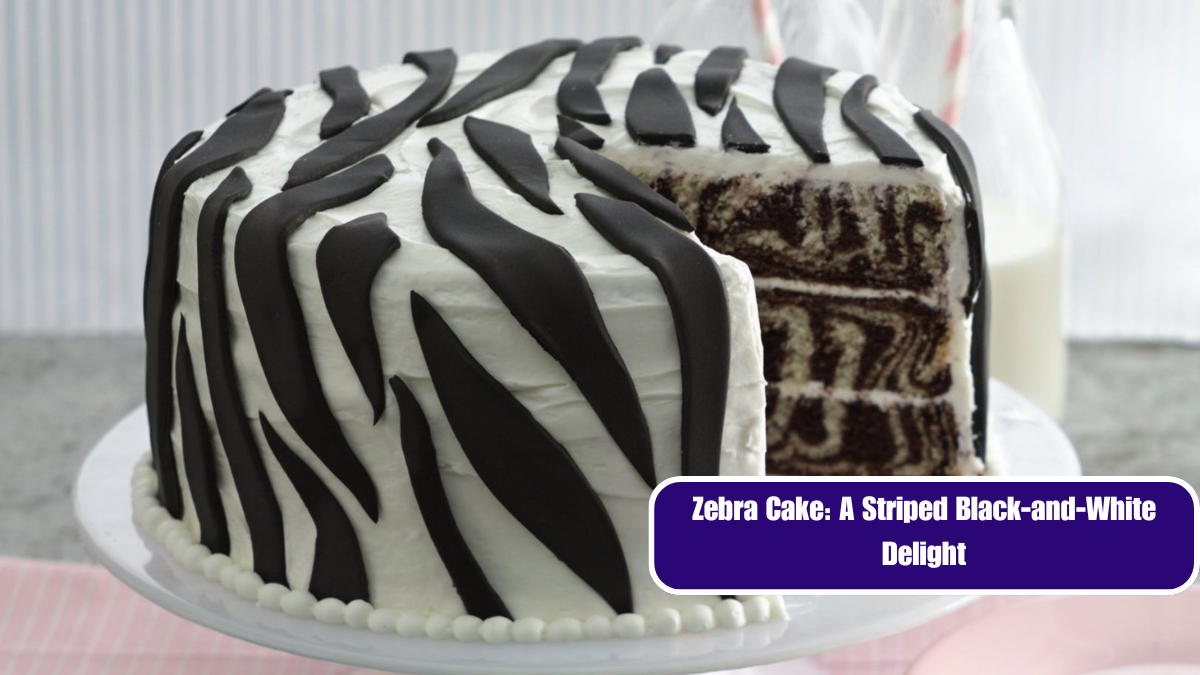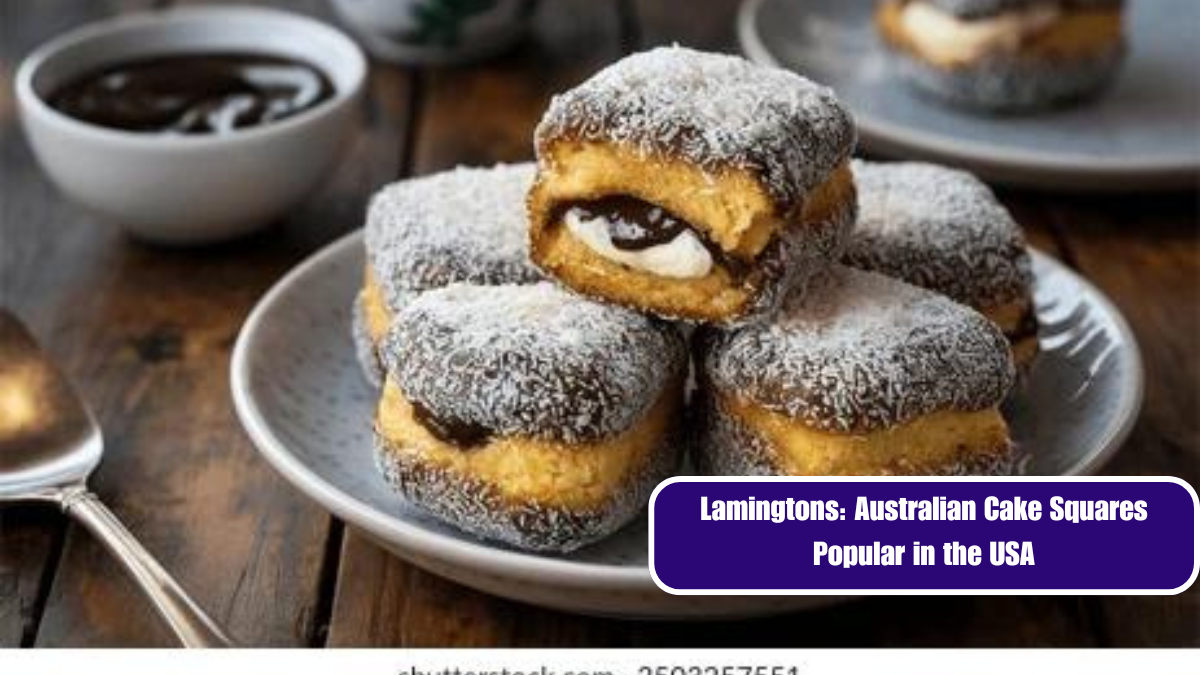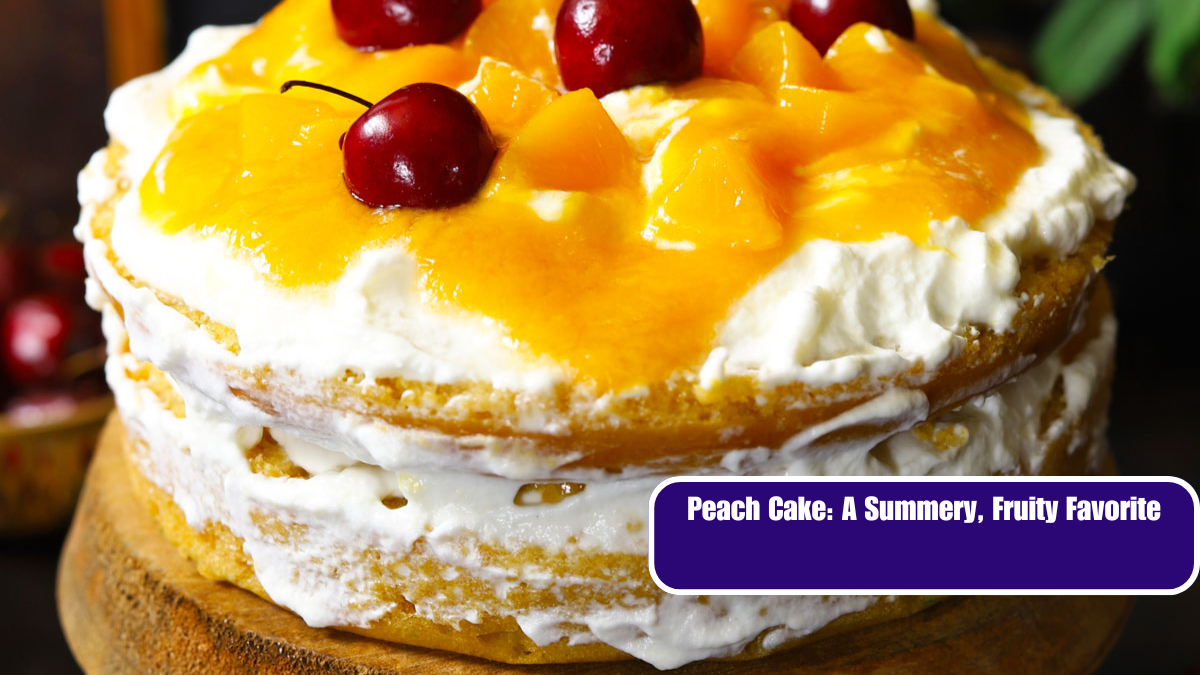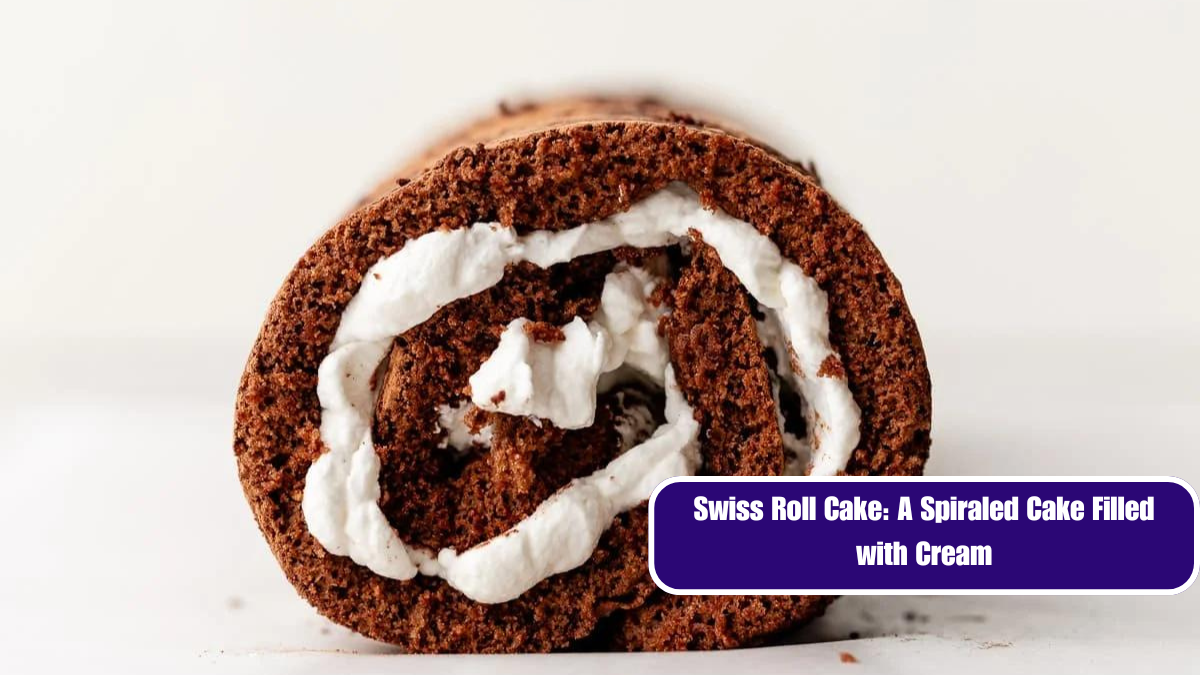When it comes to Southern cuisine, few desserts are as iconic and beloved as red velvet cake. With its vibrant red hue and rich, velvety texture, this cake has won hearts and taste buds across generations. Originating from the Southern United States, red velvet cake is not just a feast for the eyes but also a symphony of flavors and textures that make it a truly special treat.
A Brief History
The origins of red velvet cake are somewhat shrouded in mystery, but the cake’s roots can be traced back to the 19th century. Some food historians speculate that the cake’s distinctive color was originally achieved through the use of cocoa powder. During this time, the combination of cocoa powder and acidic ingredients like vinegar or buttermilk would produce a reddish-brown color, which was later intensified with the addition of food coloring.
The cake gained widespread popularity in the 1920s when the Adams Extract Company began to promote their red food coloring with a recipe for red velvet cake. This marketing move helped cement the cake’s place in American culinary history, and it soon became a staple at Southern gatherings and celebrations.
The Classic Recipe
The classic red velvet cake is known for its deep red color, moist crumb, and rich flavor. The cake is made using a combination of key ingredients: flour, sugar, cocoa powder, buttermilk, eggs, and a touch of vinegar. The addition of red food coloring gives the cake its signature hue. Despite its name, red velvet cake is not just about its color; the use of buttermilk and vinegar creates a tender, soft crumb with a subtle tanginess that balances the sweetness.
The cake is typically layered and frosted with a cream cheese frosting, which complements the rich flavor of the cake. This frosting, made with cream cheese, butter, powdered sugar, and vanilla extract, adds a tangy and creamy contrast to the cake’s sweetness. Some variations of the recipe use a classic buttercream frosting, but the cream cheese version is the most traditional and beloved.
A Southern Tradition
Red velvet cake has become a symbol of Southern hospitality and tradition. It is often featured at special occasions such as weddings, birthdays, and holidays. In the South, presenting a red velvet cake is seen as a gesture of love and celebration, reflecting the warmth and charm of Southern culture.
The cake’s striking appearance and rich flavor make it a showstopper at any gathering. Whether served as a centerpiece for a holiday feast or as a sweet ending to a casual family dinner, red velvet cake never fails to impress.
Modern Variations
While the traditional red velvet cake remains a favorite, modern bakers have put their own spin on this classic dessert. Variations include red velvet cupcakes, red velvet whoopie pies, and even red velvet cheesecake. These creative twists allow fans of the cake to enjoy its unique flavor and color in new and exciting ways.
In addition, some bakers have experimented with different types of frosting, such as chocolate ganache or salted caramel, to create innovative flavor profiles. These modern adaptations showcase the versatility of red velvet cake and its ability to evolve while staying true to its roots.
Red velvet cake is more than just a dessert; it’s a piece of Southern heritage and a testament to the art of baking. Its rich flavor, moist texture, and vibrant color make it a standout choice for any occasion. Whether you’re a long-time fan or a newcomer to this classic treat, red velvet cake is sure to delight and satisfy with every bite.
